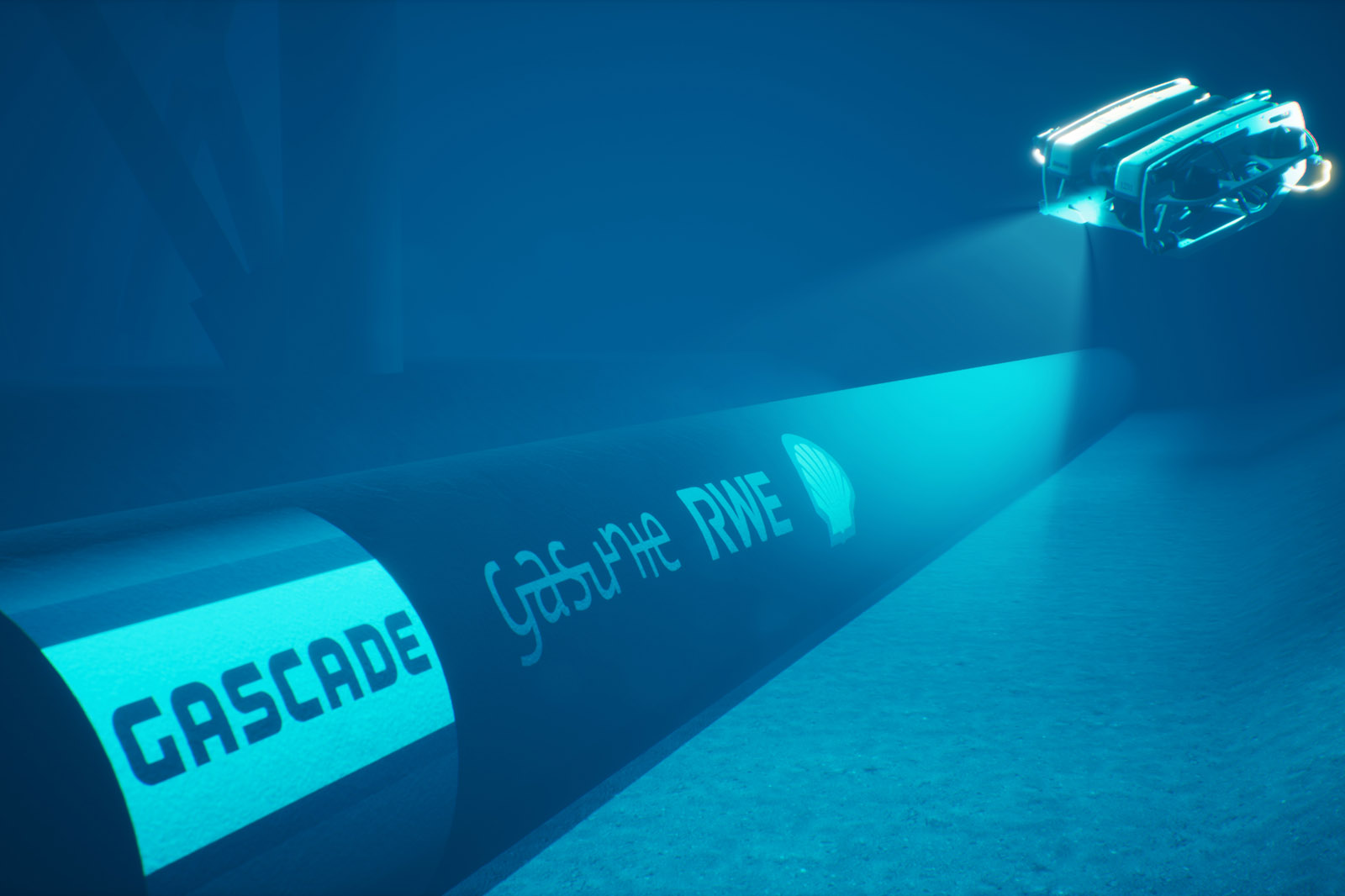More than 150 MW: Bedburg and RWE are expanding wind power
14.04.2025

Project partners GASCADE, Gasunie, RWE and Shell signed a declaration of intent to further intensify their collaboration on the AquaDuctus project.
The AquaDuctus pipeline will transport green hydrogen from the North Sea directly to the continent. It is part of the AquaVentus initiative, which plans to install 10 gigawatts of electrolysis capacity for green hydrogen production from offshore wind power between Heligoland and the Dogger sand bank. In the dovetailed sub-projects, demand, generation and transport of hydrogen are to be synchronised in order to enable a swift market ramp-up.
The AquaDuctus pipeline is the vision for the first German offshore hydrogen pipeline. Once the construction of the generation plants is fully completed, AquaDuctus would transport up to one million tonnes of green hydrogen annually from 2035 onwards, thus making a substantial contribution towards the decarbonisation of energy supply in Germany and Europe. AquaDuctus is therefore a key milestone in the implementation of the German and European hydrogen strategies.
Compared to the transport of electricity generated offshore, the pipeline offers clear economic advantages. The pipeline will replace five High Voltage Direct Current (HVDC) transmission systems, which would otherwise have to be built. It is by far the most cost-effective option for transporting large volumes of energy over distances of more than 400 kilometres.
The first step in the AquaDuctus project is to carry out a detailed feasibility study. AquaDuctus has also participated in the IPCEI (Important Project of Common European Interest) process of the German Federal Ministry for Economic Affairs and Energy.
Read more about RWE’s hydrogen activities here: www.rwe.com/hydrogen